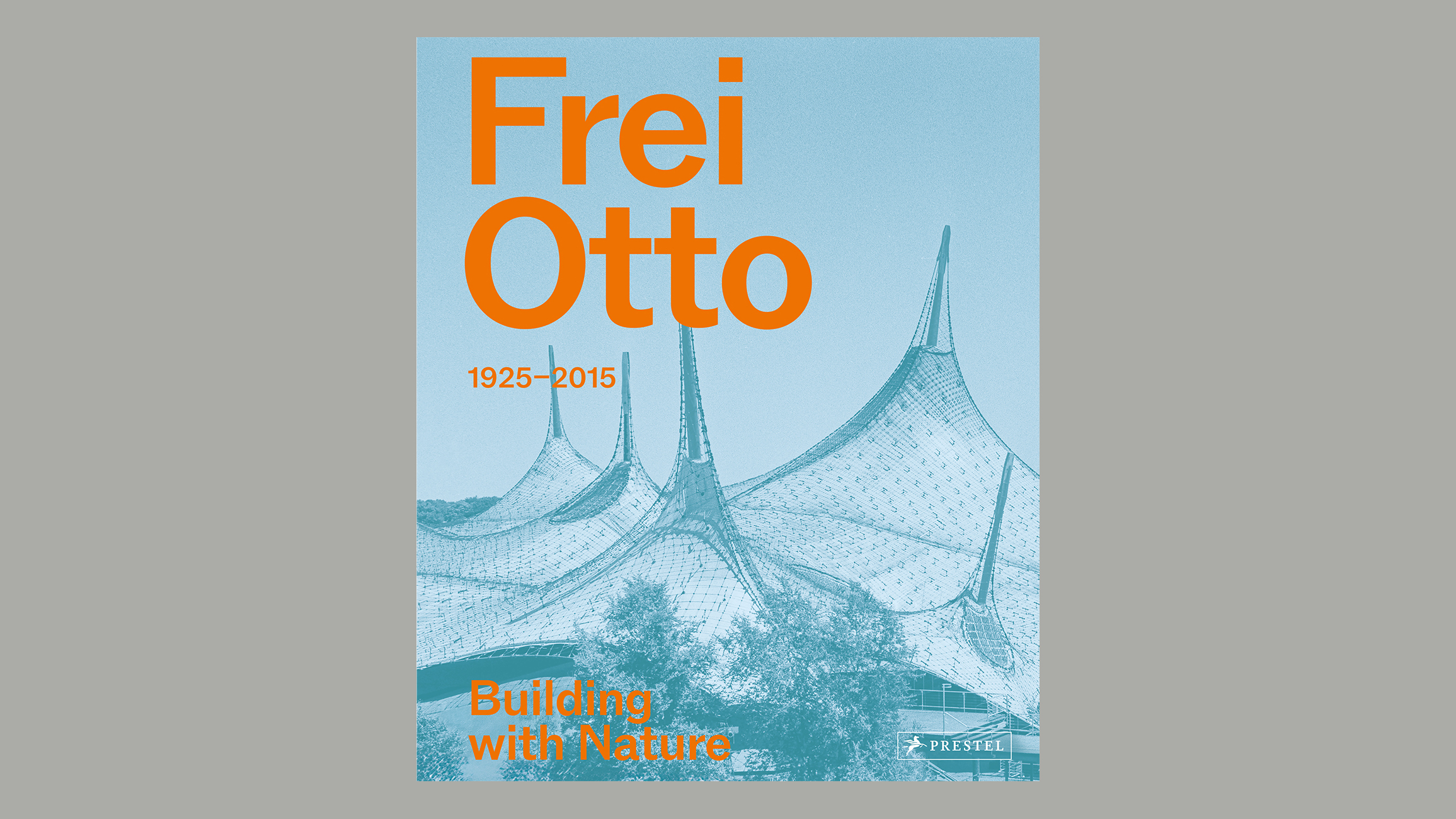A new book delves into Frei Otto’s obsession with creating ultra-light architecture
‘Frei Otto: Building with Nature’ traces the life and work of the German architect and engineer, a pioneer of high-tech design and organic structures
It’s a century since the birth of Frei Otto (1925-2015), the German structural engineer and architect and one of the pioneers of the new, lightweight style of highly technical architecture that was to dominate public buildings, event spaces, spans and stadiums from the 1970s onwards.
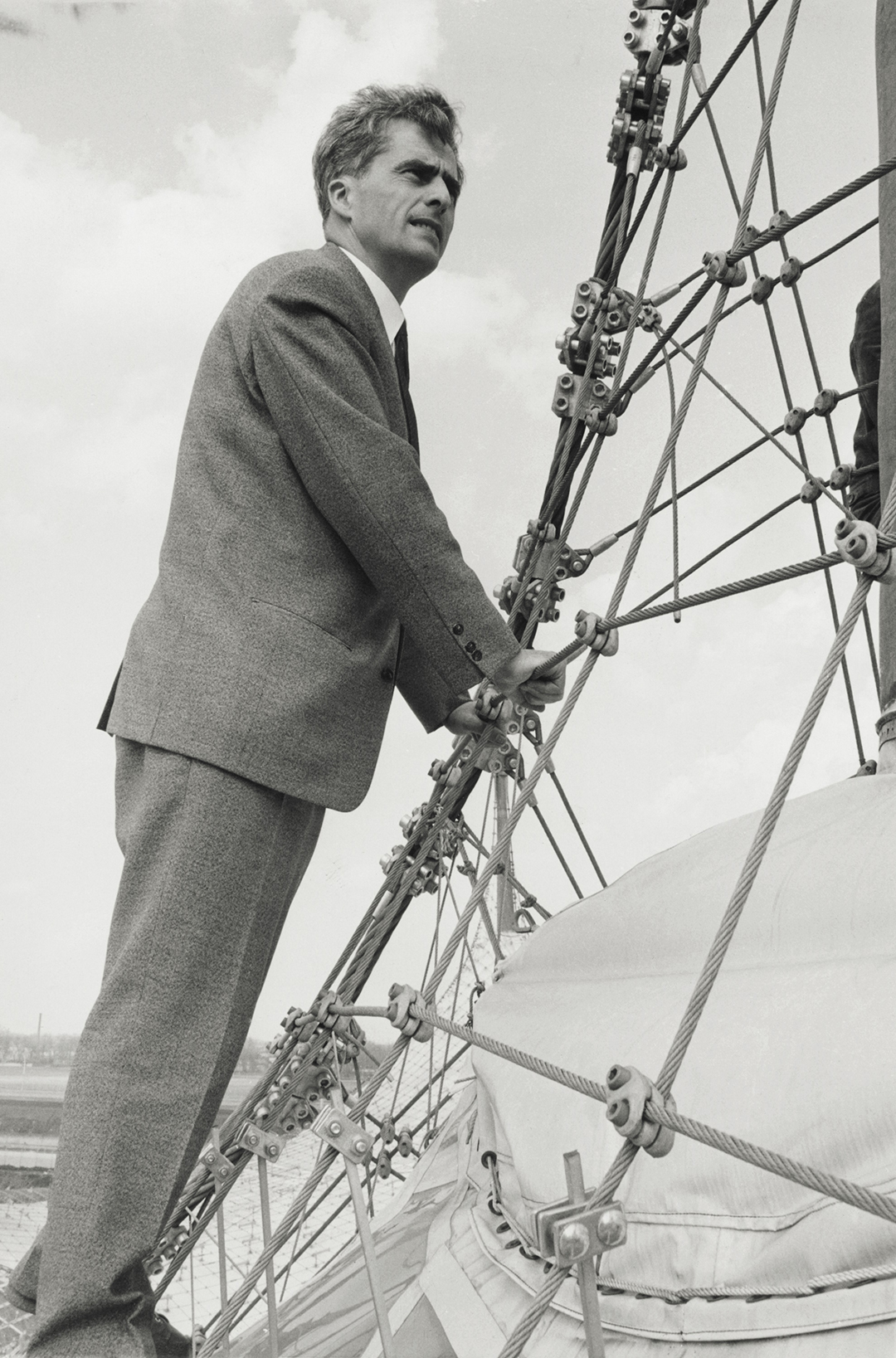
Frei Otto on the gridshell of the German Pavilion at Expo 67 in Montreal, 1966
Who is architect and engineer Frei Otto?
Frei Otto: Building with Nature looks back at Otto’s life and career, with special emphasis on the designer’s exploration of large-scale, lightweight structures. These days, Otto’s legacy is pretty much cemented by the dramatic landscape of the Munich Olympic Park, started in 1968 and completed for the 1972 Games. The tented structures, some of which ring the tiered seating of the Olympiastadion, co-designed with Günther Behnisch, were inspired by Alpine vistas.

Munich Olympic Park, complete model by Frei Otto, May 1968
Behnisch had been switched on to Otto’s work by the dramatic forms of the West German Pavilion at Expo 67 in Montreal. Characterised by his intense study of plant structures and geometry, Otto’s biomechanical forms predated the digital age and the widespread use of CAD design. Instead, the method of choice was model making, and the book is awash with imagery of these detailed, structurally precise, scale models that helped Otto determine how materials would perform.
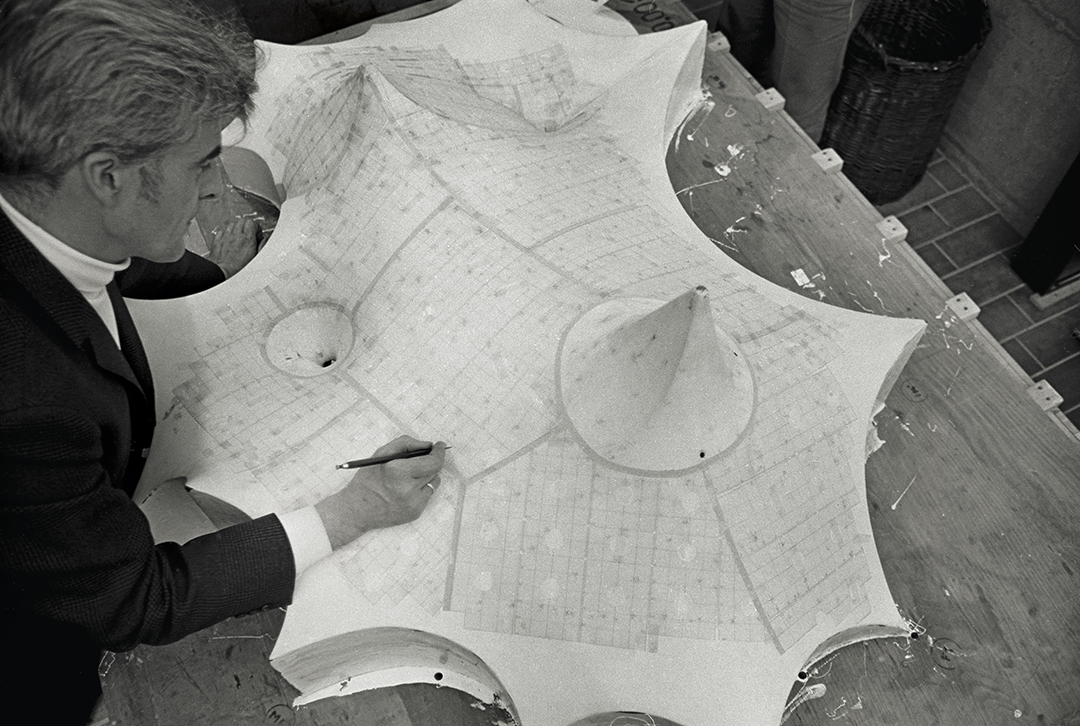
Frei Otto with the model for the roofing of the Olympic Park’s swimming hall, Munich, c. 1970
In Otto’s view, lightweight architecture meant minimising a structure’s impact on the environment, not just physically but also in terms of use of materials and energy. It was the heyday of high tech’s association with what were once left-field concerns but are now mainstream architectural thought. Awarded the Pritzker Prize in the week of his death, Otto’s contribution to the sustainability debate can’t be overstated.
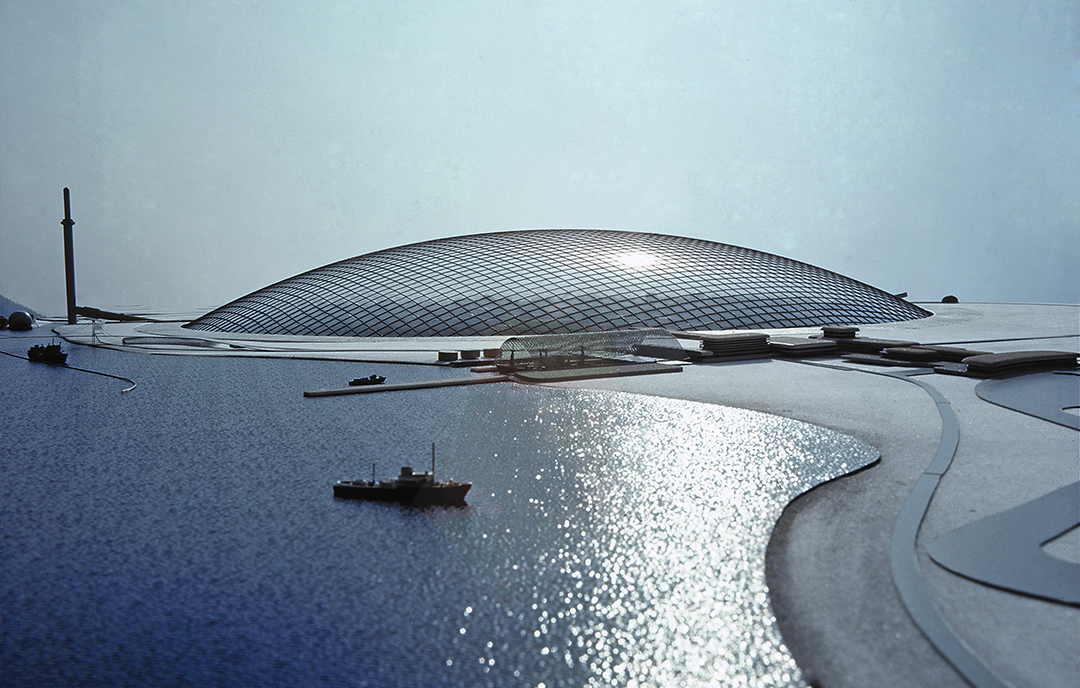
Visualisation of the climate shell for the City in the Arctic, model photo
Projects include Montreal and Munich, as well as Otto’s own house and Atelier near Stuttgart (completed in 1971), the Multihalle exhibition centre in Mannheim (1975) and many more, along with unbuilt projects and schemes.
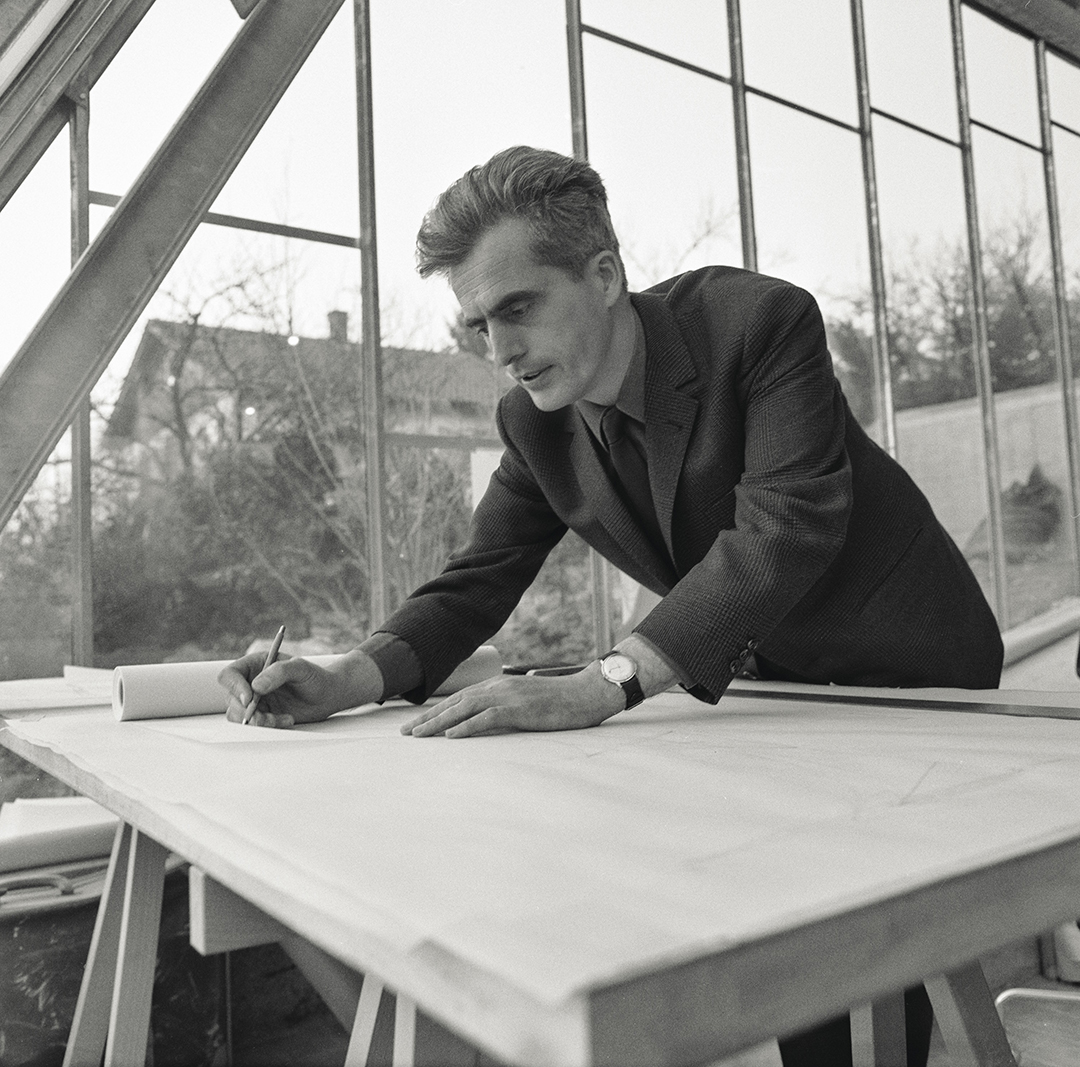
Frei Otto in his Warmbronn atelier, c. 1969
'Frei Otto: Building with Nature,' edited by Joaquín Medina Warmburg and Anna-Maria Meister, Prestel, £50, available through Prestel.com
Receive our daily digest of inspiration, escapism and design stories from around the world direct to your inbox.
Jonathan Bell has written for Wallpaper* magazine since 1999, covering everything from architecture and transport design to books, tech and graphic design. He is now the magazine’s Transport and Technology Editor. Jonathan has written and edited 15 books, including Concept Car Design, 21st Century House, and The New Modern House. He is also the host of Wallpaper’s first podcast.
-
 Sound and vision are combined in this Dyson x Porter bag and wireless headphone combo
Sound and vision are combined in this Dyson x Porter bag and wireless headphone comboDyson’s first limited edition collaboration with cult Japanese bag brand Porter brings together the OnTrac headphones with a stylish shoulder bag
-
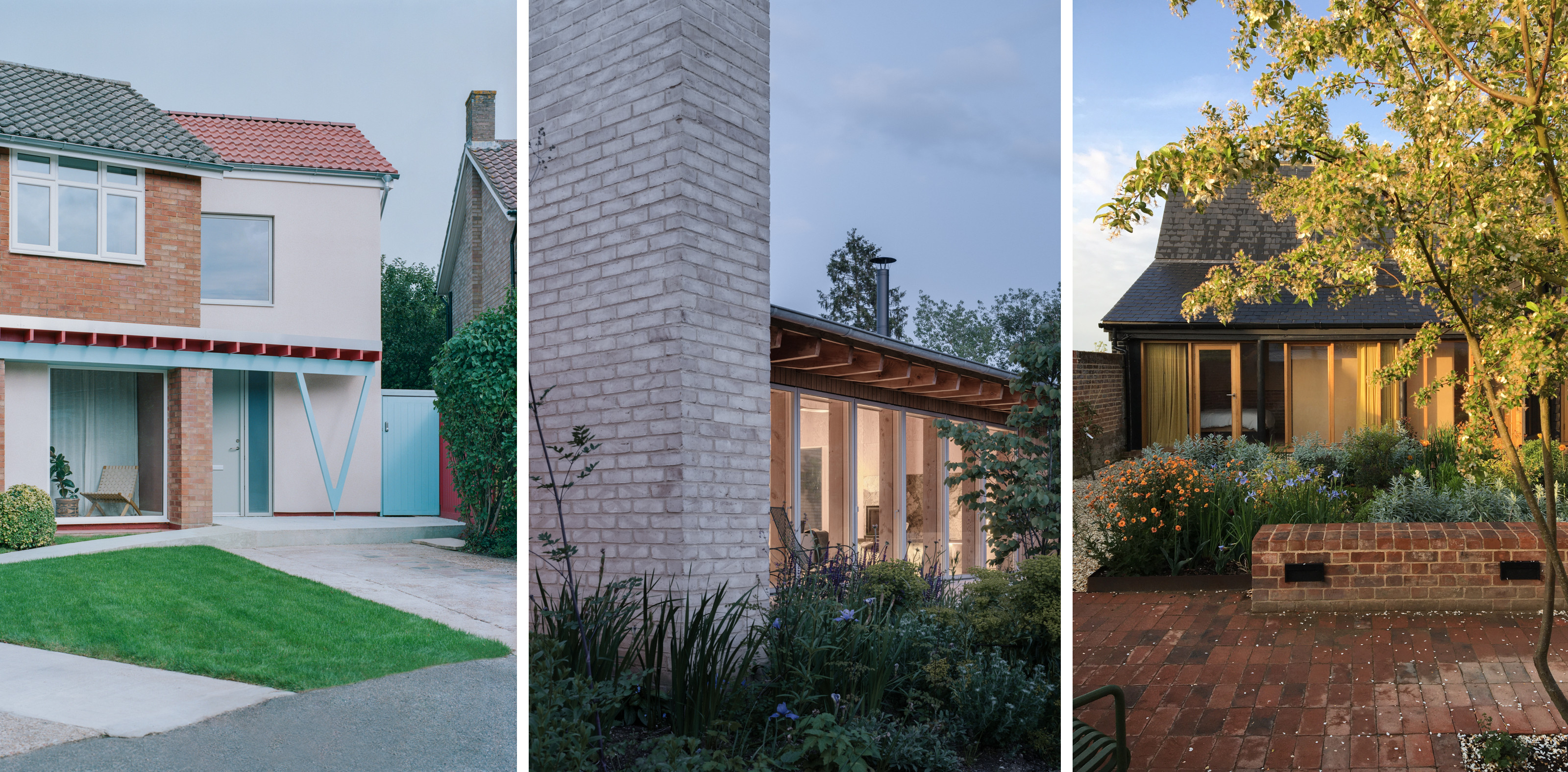 RIBA reveals more three shortlisted structures for 2025’s House of the Year award
RIBA reveals more three shortlisted structures for 2025’s House of the Year awardThree more houses join the shortlist for the UK’s highest domestic architectural accolade. We explore the Triangle House, Amento and Jankes Barn
-
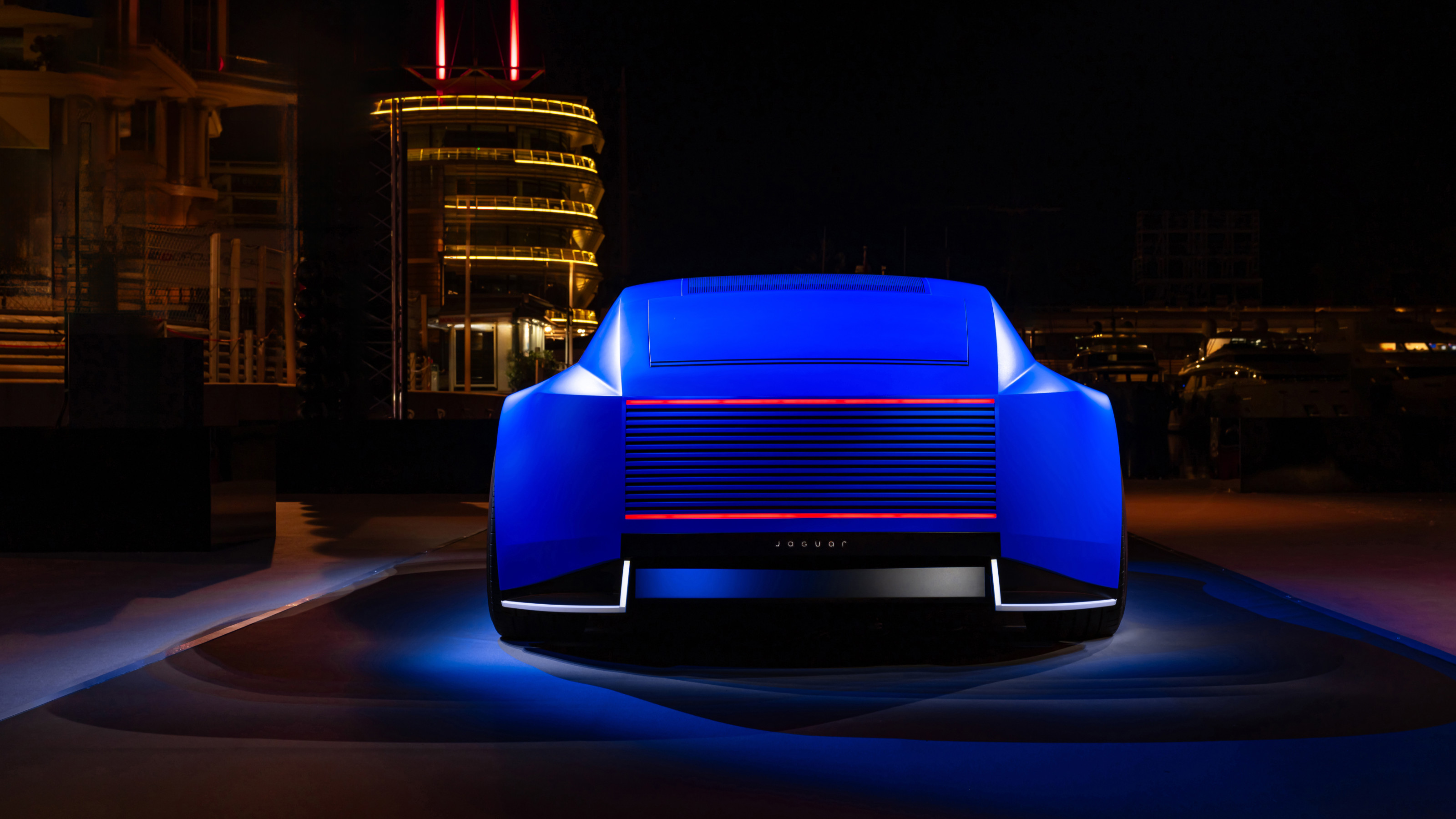 JLR is a mainstay of modern motoring luxury, but do car brands need creative figureheads?
JLR is a mainstay of modern motoring luxury, but do car brands need creative figureheads?With Gerry McGovern departing from Jaguar Land Rover, what next for the Indian-owned, British-built house of brands?
-
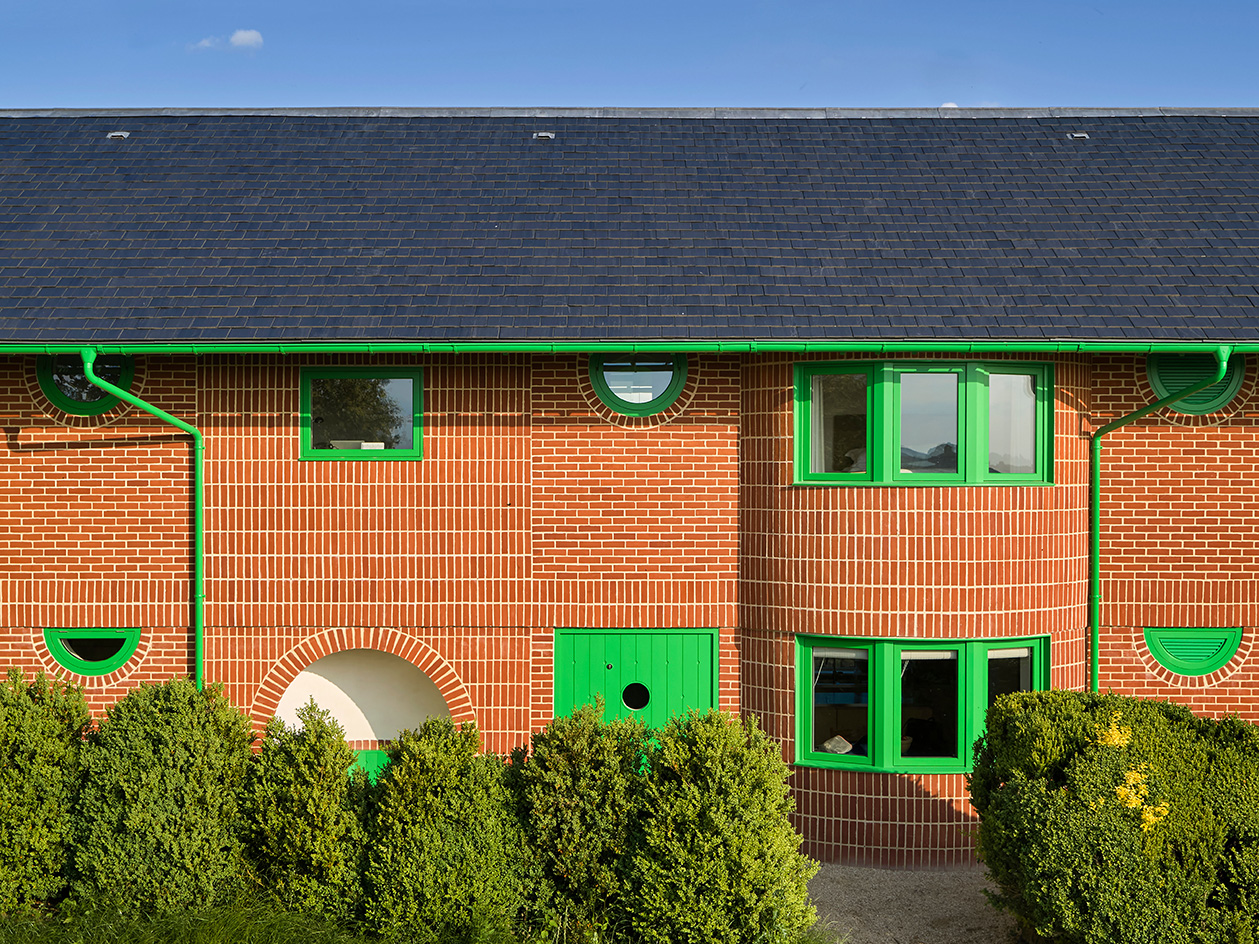 David Kohn’s first book, ‘Stages’, is unpredictable, experimental and informative
David Kohn’s first book, ‘Stages’, is unpredictable, experimental and informativeThe first book on David Kohn Architects focuses on the work of the award-winning London-based practice; ‘Stages’ is an innovative monograph in 12 parts
-
 Modernist Scotland explores the country’s impressive legacy of contemporary architecture
Modernist Scotland explores the country’s impressive legacy of contemporary architectureA new book, Modernist Scotland, delves into the art and ambitions of the International Style in post-war Scotland, presenting 150 projects that typify an age of optimism and innovation.
-
 Doshi Retreat at the Vitra Campus is both a ‘first’ and a ‘last’ for the great Balkrishna Doshi
Doshi Retreat at the Vitra Campus is both a ‘first’ and a ‘last’ for the great Balkrishna DoshiDoshi Retreat opens at the Vitra campus, honouring the Indian modernist’s enduring legacy and joining the Swiss design company’s existing, fascinating collection of pavilions, displays and gardens
-
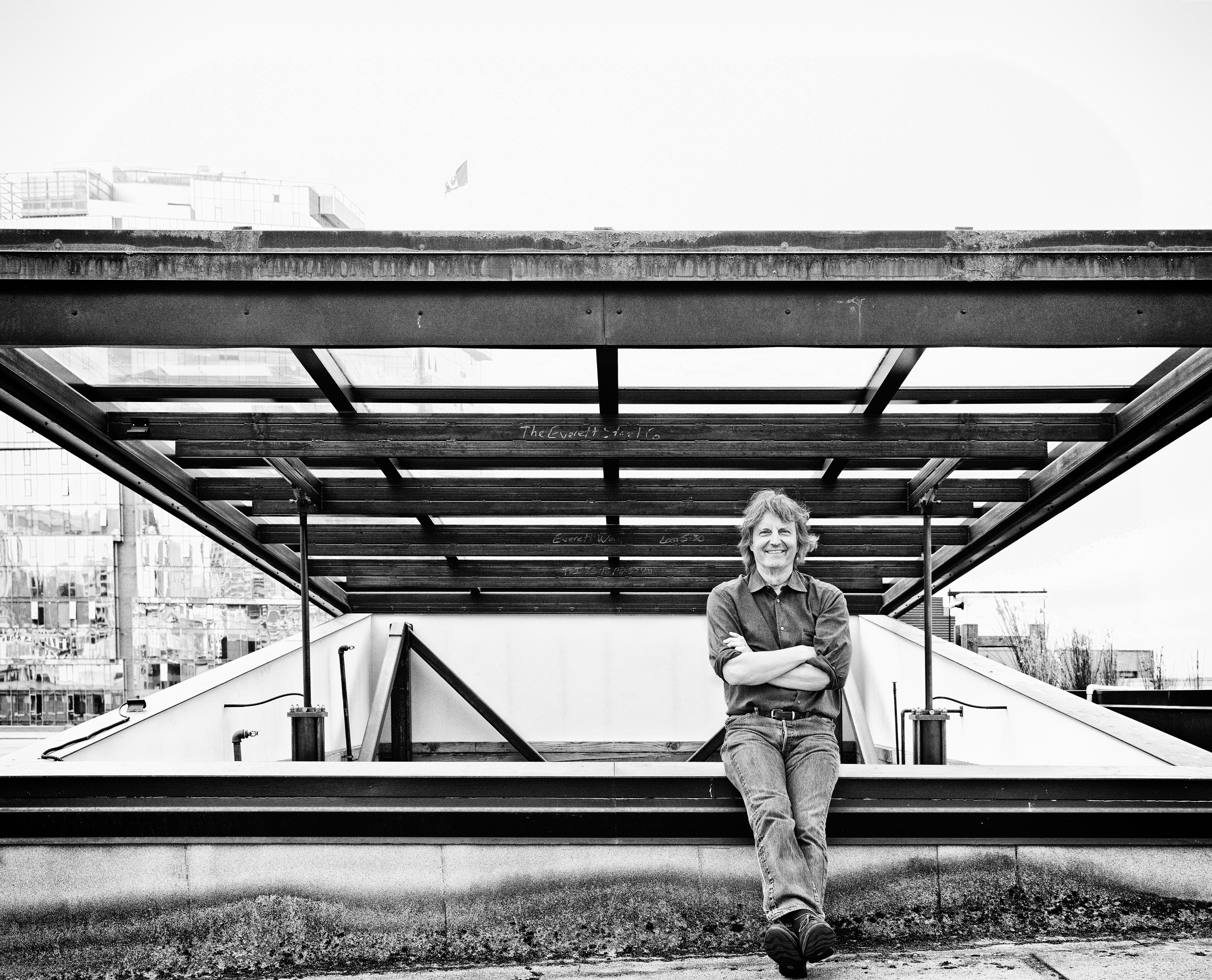 Explore Tom Kundig’s unusual houses, from studios on wheels to cabins slotted into boulders
Explore Tom Kundig’s unusual houses, from studios on wheels to cabins slotted into bouldersThe American architect’s entire residential portfolio is the subject of a comprehensive new book, ‘Tom Kundig: Complete Houses’
-
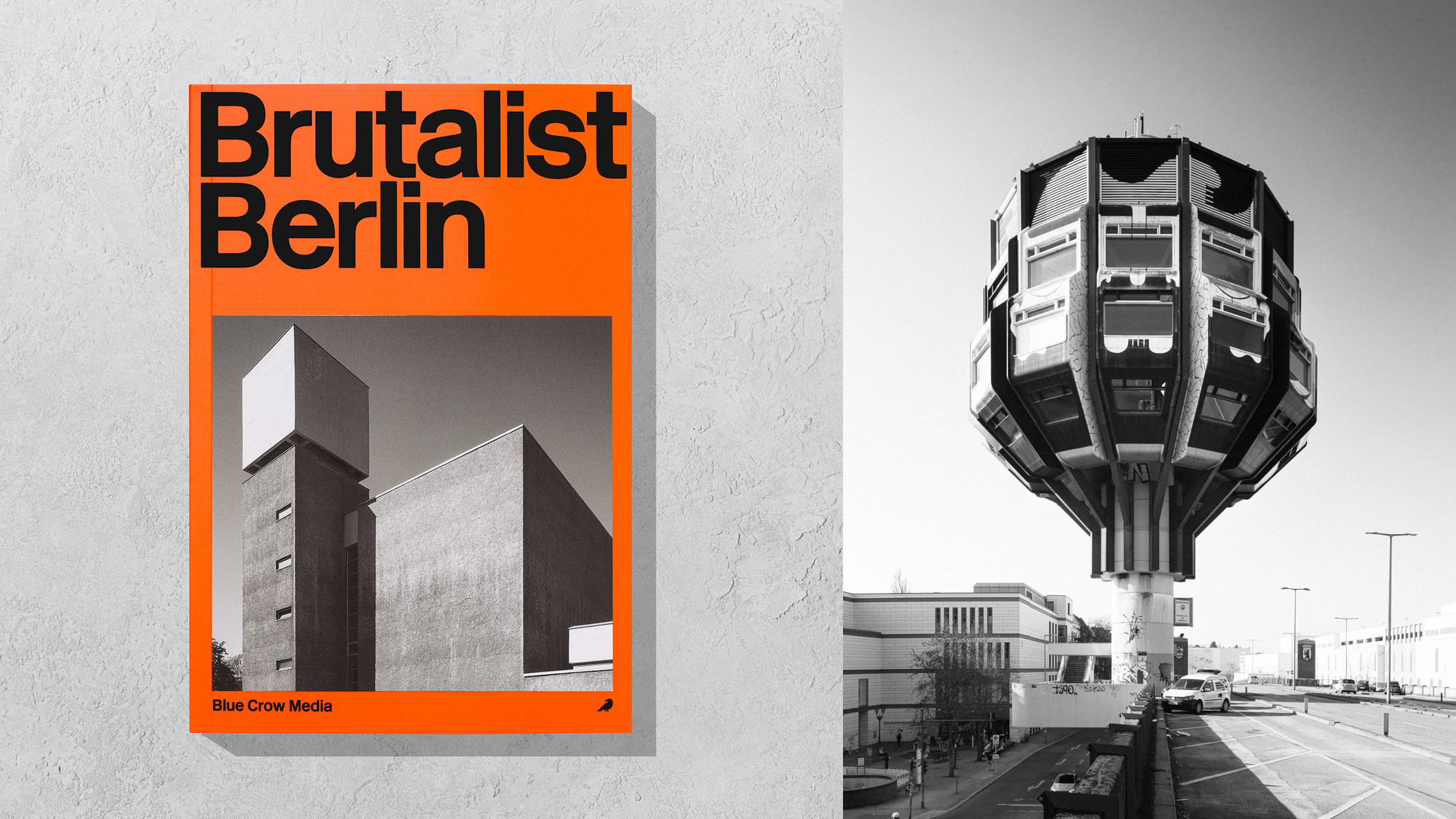 ‘Brutalist Berlin’ is an essential new guide for architectural tourists heading to the city
‘Brutalist Berlin’ is an essential new guide for architectural tourists heading to the cityBlue Crow Media’s ‘Brutalist Berlin’ unveils fifty of the German capital’s most significant concrete structures and places them in their historical context
-
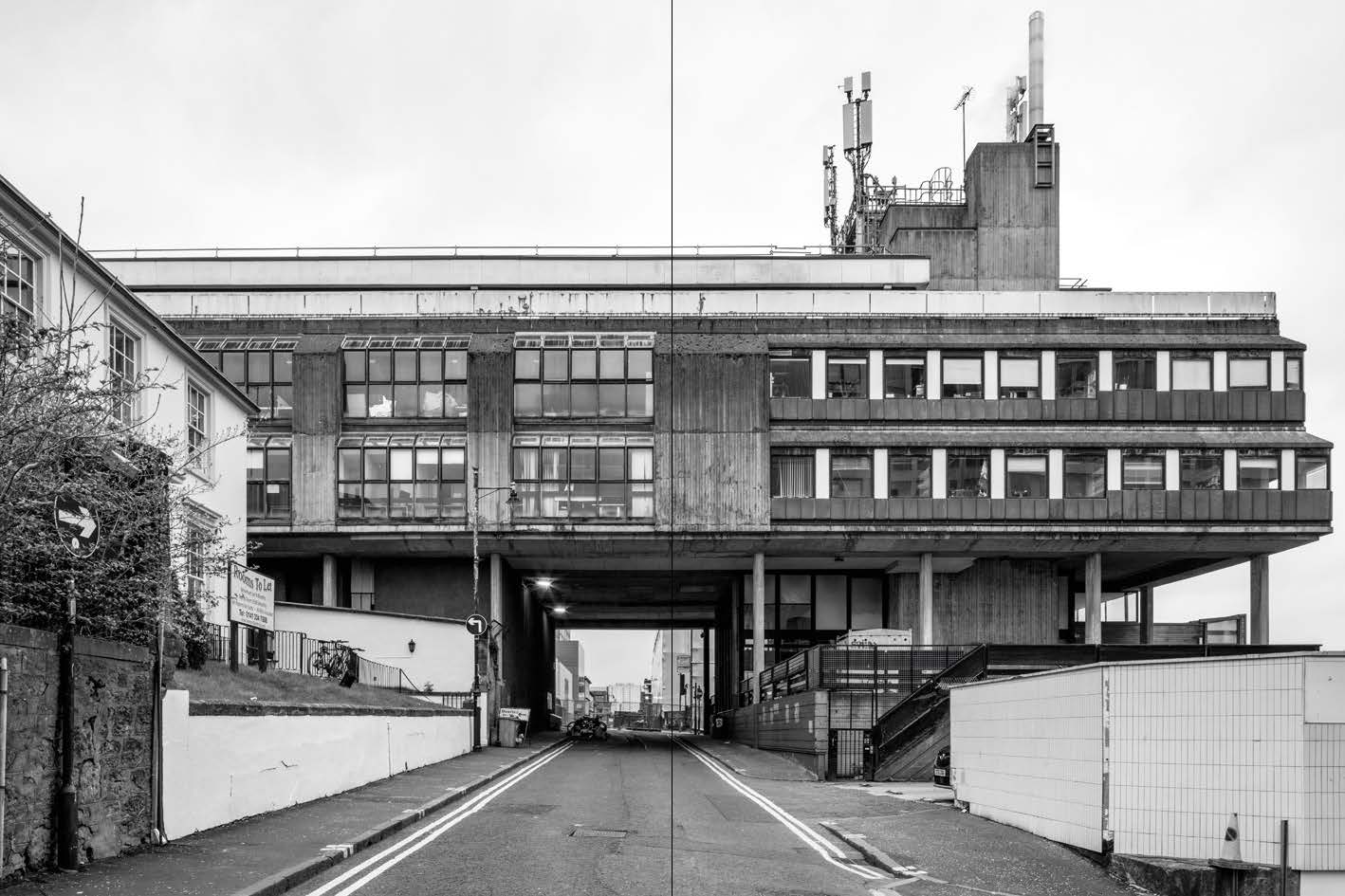 Celebrate the angular joys of 'Brutal Scotland', a new book from Simon Phipps
Celebrate the angular joys of 'Brutal Scotland', a new book from Simon Phipps'Brutal Scotland' chronicles one country’s relationship with concrete; is brutalism an architectural bogeyman or a monument to a lost era of aspirational community design?
-
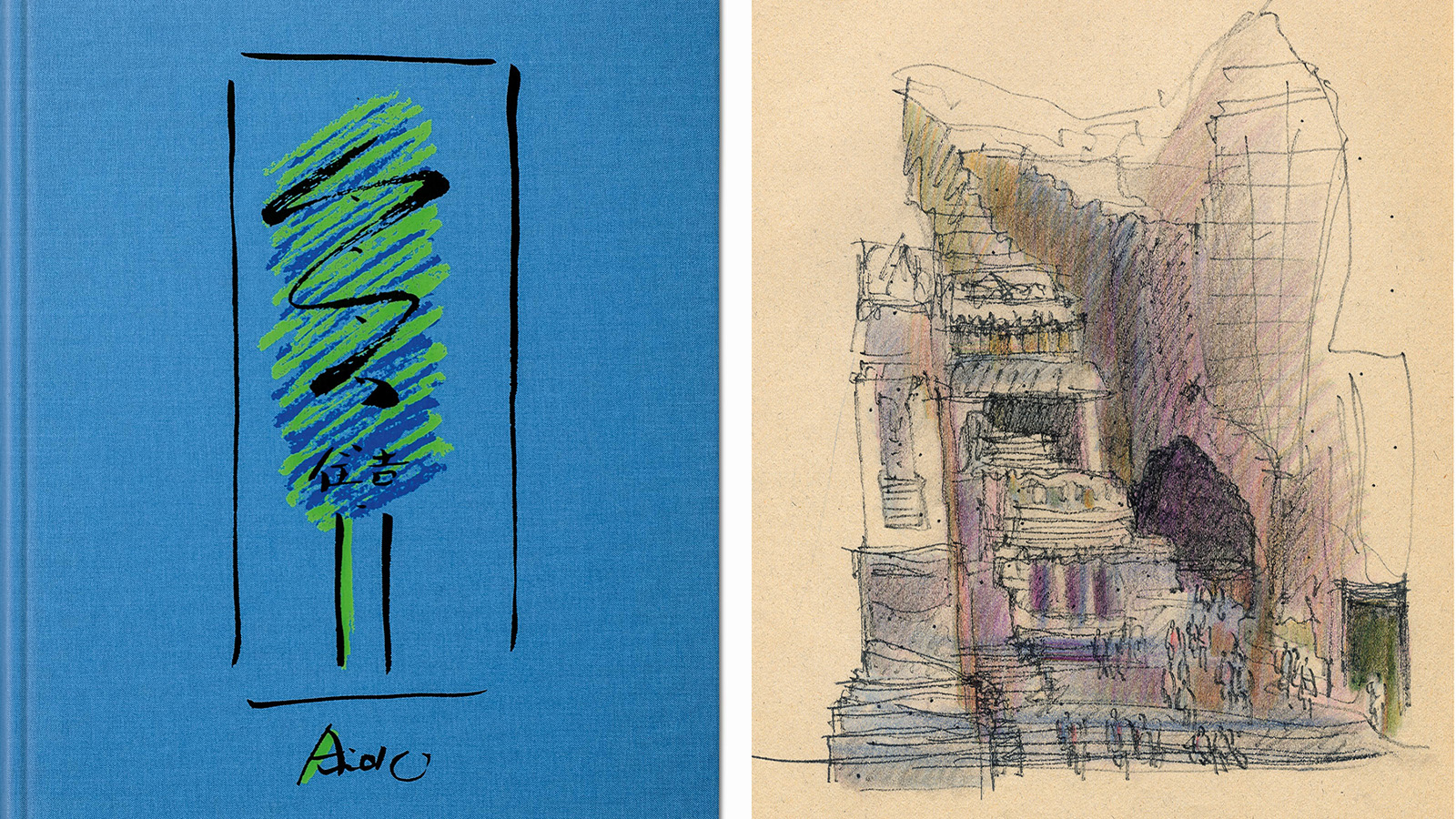 A new Tadao Ando monograph unveils the creative process guiding the architect's practice
A new Tadao Ando monograph unveils the creative process guiding the architect's practiceNew monograph ‘Tadao Ando. Sketches, Drawings, and Architecture’ by Taschen charts decades of creative work by the Japanese modernist master
-
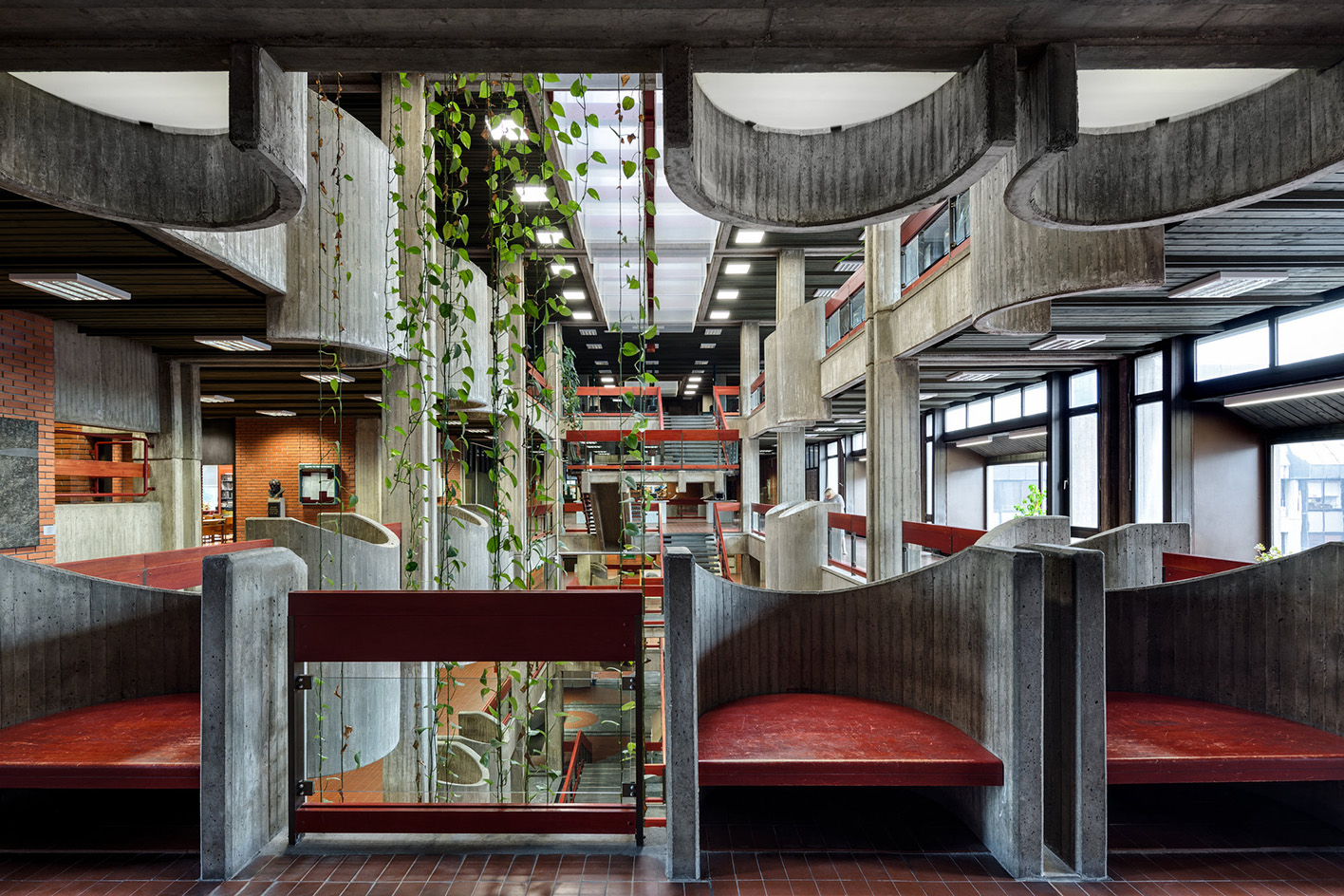 Around the world in brutalist interiors – take a tour with this new book
Around the world in brutalist interiors – take a tour with this new book'Brutalist Interiors' is a new book exploring the genre's most spectacular spaces; we speak to its editor Derek Lamberton, and ask for his top-three must-sees
